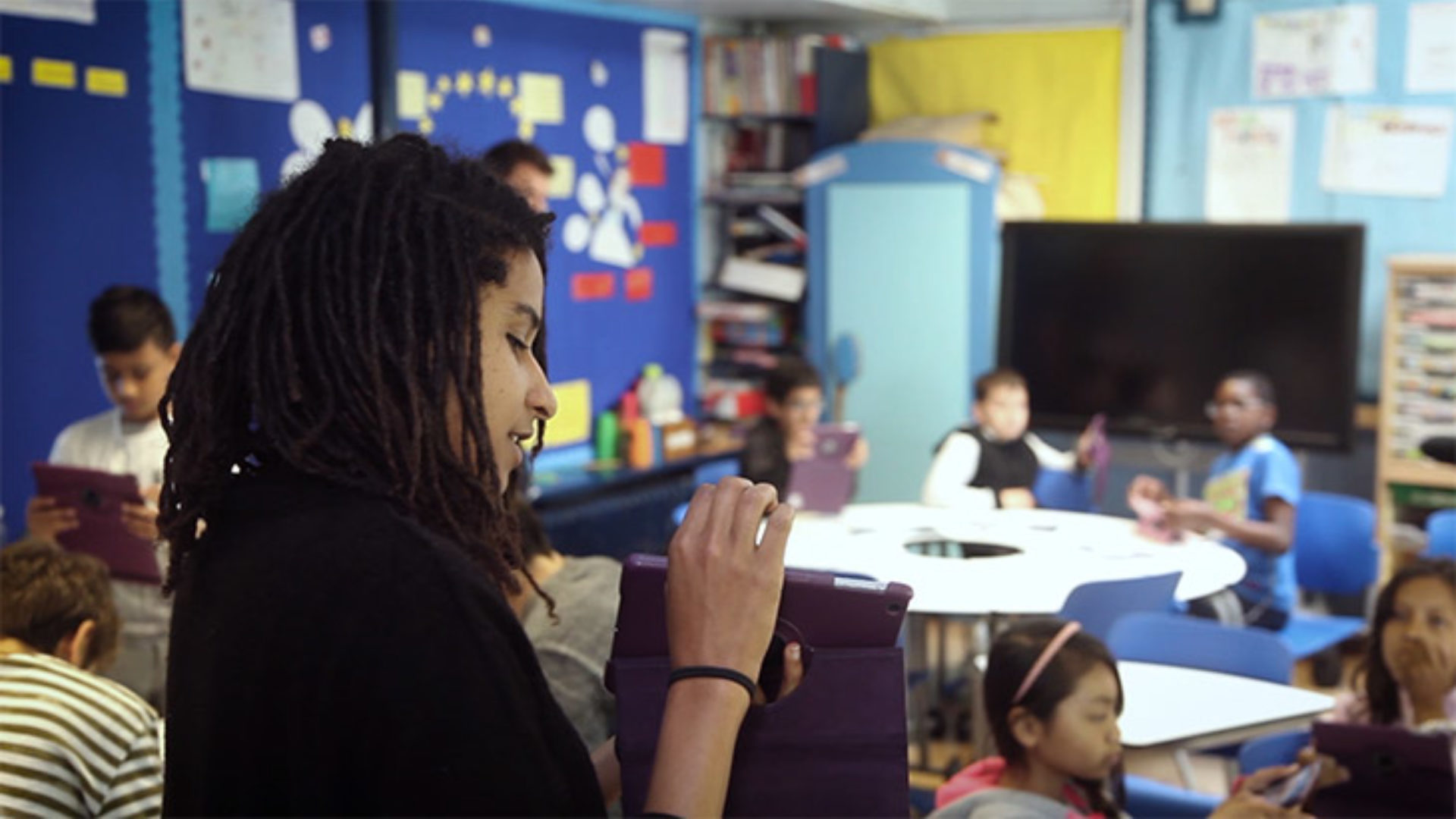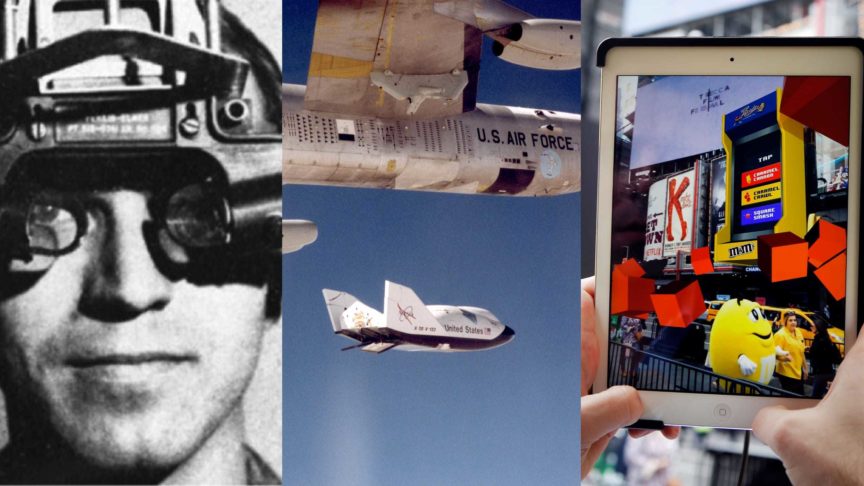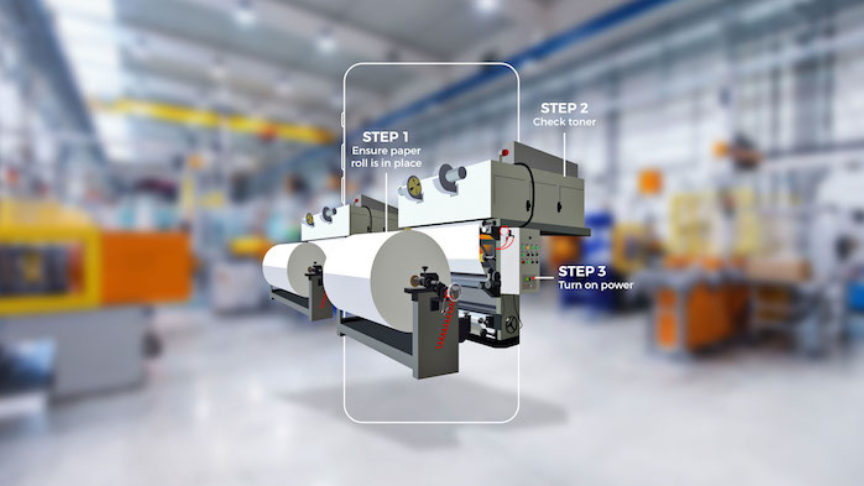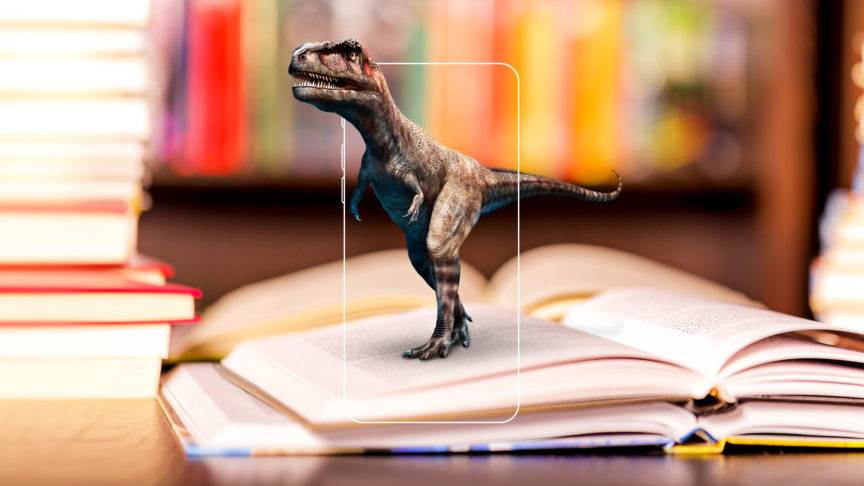Assessing the Impact of Augmented Reality in the Classroom
June 15, 2016
Assessing the Impact of Augmented Reality in the Classroom

Stephen O’Mahony is Blippar for Education’s Insights Manager. In this post he explains the education team’s recent initiative undertaken to demonstrate the impact of Blippar in education.
Back in April, Blippar’s Education team published the third installment of our white paper series. It was the culmination of three months of research, focused upon the behaviors and perspectives of educators as they pertain to the emerging field of edtech. The investment of our energy on such endeavors is based on a maxim that is hard-coded in our approach to the education market: if we don’t understand our users, we can’t build great products for them.
With that said, there is another dimension to building education products that must be acknowledged: efficacy. The term has begun to resemble something of a buzzword in edtech, but to think of it as such would do the concept an injustice. Answering the question “does it work?” is of even greater significance to education than to other verticals. Moreover, the edtech space has become crowded, making the task of separating the effective from the ineffective a difficult one for teachers. Here at Blippar, we’re taking a rigorous approach to determining the efficacy of our technology in the classroom. We understand that our products must go beyond great design and usability for teachers: that we must consider learning outcomes as an important measurement of our success.
To this end, we’ve launched an initiative that will see us test our technology in classrooms to measure their impact on learning outcomes. The initiative will be conducted in a number of phases, the outcomes of which will be shared with our fellow education stakeholders. For the first phase, we partnered with Anson Primary School in London, putting our education blipps in the hands of the school’s Year 6 students. For this phase, we emphasized student perspectives on AR-based learning. It was important for us to determine the extent to which students perceived Blippar as both an enjoyable and beneficial learning component; we’ve learned from previous research endeavors that student buy-in is a factor that can make or break the adoption of new educational technology.
We first delivered Blippar-led lesson plans to the students, using the Blippar app and our education blipp markers. Students learned about the composition of volcanoes, culminating in a hands-on exercise using a virtual 3D model, and about the wonders of the Solar System which, among other features, allows students to explore the surface of Mars through the eyes of Curiosity. Following the lessons, we brought the class groups together for a feedback session we had designed to elicit the desired insights. The session consisted of surveying the 47 students involved, asking predominantly quantitative questions and then, in the style of a plenary activity, moderating an open forum where the group reflected on the day’s activities and were encouraged to share how they felt about learning with technology.
The following are some highlights from our findings:
• On a rating scale, 64% of students described Blippar as easy to use or very easy to use
• 85% of students regarded Blippar as helpful in their learning, with the majority of votes divided between the two highest ranks on the scale (Good: it helped and Excellent: it really helped). This was supported by qualitative findings, in which students repeatedly described Blippar as ‘helpful’ in their learning activities
• 38% of students gave Blippar the highest ranking in terms of enjoyment
• The identification of 3D models and 360 degree panorama as immersive learning features was a recurring theme in the qualitative component of the findings
• 79% of students indicated that they would like to use Blippar in class in the future

On the whole, the results represent an encouraging start to our efficacy initiative. Since student buy-in is a crucial adoption criterion in schools, we feel it was important to prove our hypothesis that AR is an engaging learning medium for students. Furthermore, while we must recognize the limited nature of self-reporting as a measurement of learning interventions, it is clear that our first pilot groups of students find AR to be a helpful learning medium. The next phase of our initiative will build on these foundations, using more granular experimental approaches to measure outcomes over the duration of a full learning programme.
If you’d like to know more about our approach to Insights, or if you have any questions about what Blippar is doing in education, take a look at our website or get in touch with us at education@blippar.com.


